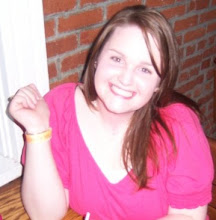Strange things happen when you've gone too far, been up too long, worked too hard, and you're separated form the rest of the world. (18)

Bruce Mau is the creative director of Bruce Mau Design (BMD) and the founder of the Institute without Boundaries. His studio has gained recognition for its expertise and innovation in identity articulation, research and conceptual programming, print design and production, environmental signage and way finding systems, and exhibition and product design.
Mau recently worked on a project called "Massive Change: the Future of Design Culture" with the Institute without Boundaries. It was an international project that mapped the capacity, power and promise of design. Massive Change explored paradigm-shifting events and ideas, investigated the capacities and ethnical dilemmas of design in manufacturing, transportation, urbanism, trade, warfare, health, energy, materials, the image, information and software. The exhibition lasted 3 months in the Vancouver Art Gallery and traveled afterwards. "Massive Change" has also inspired a book, weekly electronic newsletter and radio broadcast.
















